Brining is a simple technique that transforms ordinary beef ribs into incredibly juicy seasoned showstoppers. When done right, brining infuses the meat with flavor and makes it irresistibly tender. Follow this complete guide to learn pro tips for choosing making, and using a brine to unlock the full potential of beef ribs.
Why Brine Beef Ribs?
Soaking beef ribs in a salted liquid brine offers several advantages
-
It seasons the meat thoroughly and deeply with spices and aromatics
-
It helps the ribs retain moisture during cooking for superior tenderness.
-
It enhances the beefy flavor coming from the meat.
-
It allows the ribs to absorb savory flavors from the brine.
-
Brined ribs need little or no extra seasoning before cooking.
Overall, brining is the secret weapon to take your ribs from dry and bland to tender, juicy, and bursting with flavor.
Choosing a Beef Rib Brine
When selecting a brine, opt for one containing complementary flavors that will enhance the hearty taste of beef. Some top brine ingredients include:
-
Aromatics – garlic, onions, carrots, celery
-
Herbs – rosemary, thyme, oregano, sage
-
Warm spices – black pepper, paprika, mustard
-
Sweeteners – brown sugar, honey, maple syrup
-
Acid – apple cider vinegar, wine
-
Umami – soy sauce, Worcestershire sauce
Aim for a brine with 2-4 flavor components along with the salt and water. This provides depth without overwhelming the natural beefiness.
How to Make a Simple Beef Rib Brine
Concocting your own beef rib brine only requires a few basic ingredients. Here’s one to try:
Basic Beef Rib Brine
- 1 cup kosher salt
- 1/2 cup brown sugar
- 3 smashed garlic cloves
- 2 bay leaves
- 1 tablespoon black peppercorns
- Water to cover ribs
Combine everything in a pot and bring to a boil. Cool completely before adding ribs. Refrigerate up to 5 days.
Preparing the Beef Ribs for Brining
Start with a rack of beef back ribs or short ribs about 2-3 pounds. For ideal brine absorption, prepare the ribs:
-
Trim excess fat and silver skin for better brine contact.
-
Cut rack into individual ribs if desired. This exposes more surface area.
-
Pat dry using paper towels to remove moisture.
-
Poke holes all over using a skewer to allow brine penetration.
Now the ribs are ready to meet the brine!
Brining Time and Technique
For best results, refrigerate ribs in the brine 2-5 days to fully saturate the meat. Here are pro tips:
-
Place ribs in a non-reactive container and add cooled brine to cover.
-
Weigh down ribs with a plate to keep fully submerged.
-
Cover and brine in the fridge up to 5 days, flipping halfway.
-
The longer the brine, the more seasoned the ribs will be.
-
Discard used brine for food safety. It can’t be reused.
-
Rinse ribs and pat dry just before cooking.
Cooking Your Brined Beef Ribs
The brined ribs can be cooked using direct or indirect heat:
-
Grilled – Medium heat for 20-25 mins, flipping occasionally.
-
Smoked – 225°F for 4-6 hours until tender.
-
Roasted – 350°F for 2-3 hours until done.
-
Braised – Simmer in broth 1-2 hours until fork tender.
Cook times will vary based on thickness. Use an instant read thermometer to check doneness. Enjoy these crave-worthy brined beef ribs!
Handy Tips for Beef Rib Brining
-
Chill all ingredients before brining for food safety.
-
Weigh down ribs to keep fully submerged in brine.
-
Brine in the refrigerator or cooler – not room temp.
-
Flip ribs daily during long brines.
-
Remove ribs from brine and rinse just before cooking.
-
Discard used brine – don’t reuse.
-
Pat ribs very dry post-brine for better browning.
-
Apply a spice rub after brining if desired.
More Flavorful Brine Recipes to Try
Now that you’ve nailed the basic brine, get creative with global flavors! Here are some tasty options:
Bourbon Brine
- 1 cup kosher salt
- 1 cup brown sugar
- 1 cup bourbon
- 2 cinnamon sticks
- 1 orange, juiced and zested
Asian Brine
- 1/2 cup soy sauce
- 1/4 cup hoisin sauce
- 3 tablespoons honey
- 2 teaspoons Chinese five spice
- 1 teaspoon sesame oil
- 4 smashed garlic cloves
Citrus Brine
- 1 cup salt
- 1/2 cup honey
- Zest and juice of 1 orange
- Zest and juice of 1 lime
- 4 sprigs rosemary
- 2 bay leaves
Let the Brining Begin
Taking the time to brine beef ribs results in phenomenally juicy, seasoned meat. Don’t be afraid to experiment with flavors from around the world. Before you know it, your brined beef rib game will be the talk of the barbecue!

But what about the meat?
Good question. when you combine a wet brine with a hunk of meat the salt level will be affected. For precise searching for a 6% salt level in the meat, you need to consider both the weight of the meat and the amount of brine. Also, we’ll guess a bit here, but a good rule of thumb is that most meats contain 70% to 75% water. We have about 3 kg of “water” for every 2 liters of brine and 1 kg of meat. To reach a salt level of 6%, mix 2% of a liter of water with 0% salt and 19 grams of sugar. Calculation: 3 kilos is 3000 grams, and 6% of 3000 grams gives 180 grams of salt. For larger pieces of meat and/or more wet brine you need to re-calculate accordingly.
This is a slightly newer technique which skips the water. You simply sprinkle salt on the meat, leave it for (at least) 2 hours, but preferably overnight. It is best to use 1/2 teaspoon of salt per pound of meat, which is spread all over the meat’s surface. If you’re cooking ribs, remember there is a lot of bones, so half the amount of salt. For ribs, use 1/4 tsp per pound instead.
0.5 tsp salt per pound of meat
Exception: ribs, where you use 0.25 tsp salt per pound of meat.
1 tsp salt per kilogram of meat
Exception: ribs, where you use 0.5 tsp salt per kilogram of meat
No, it doesn’t. Dry brine works just as well as wet brine, but is easier, and less messy. Initially the salt will draw water from the meat. You can see that within 15-20 minutes after salting, when the surface turns shiny/moist. But if you wait until 45 minutes have passed, the meat will soak up the water and salt again. This means the salt now resides just beneath the surface of the meat. It won’t penetrate any deeper, until you apply heat. Then the salt molecules will penetrate deeper.
Most marinades are made with soy sauce, which is salt, and it’s best to let the meat sit in the sauce for at least two hours.
See pictures below, taken with a 10 minute interval to illustrate (click to enlarge).
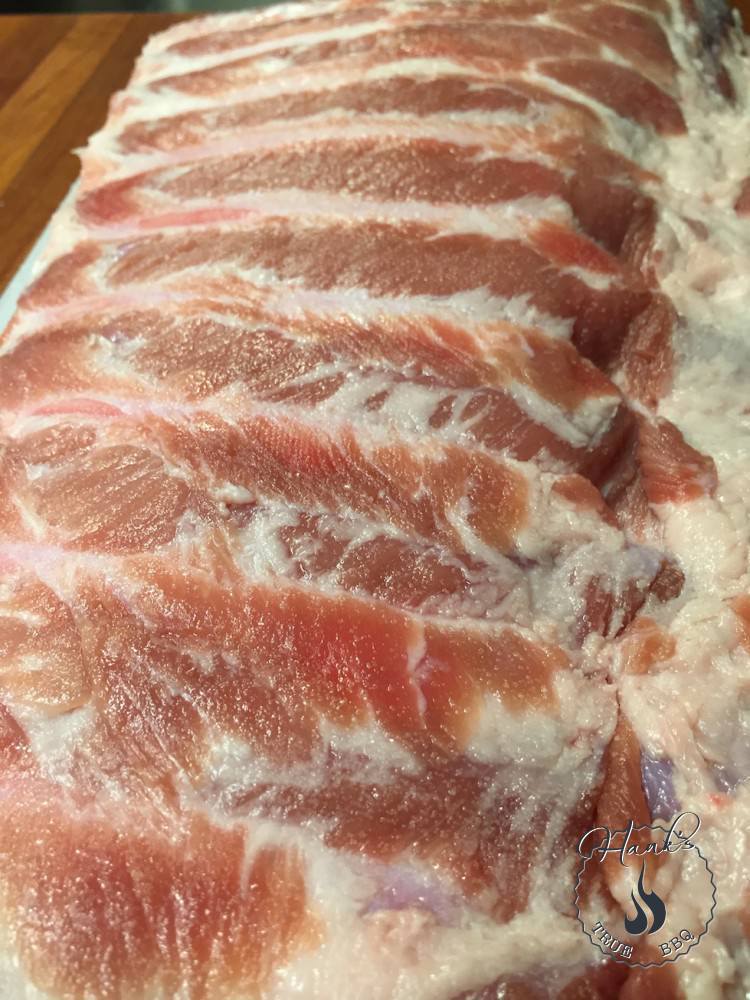
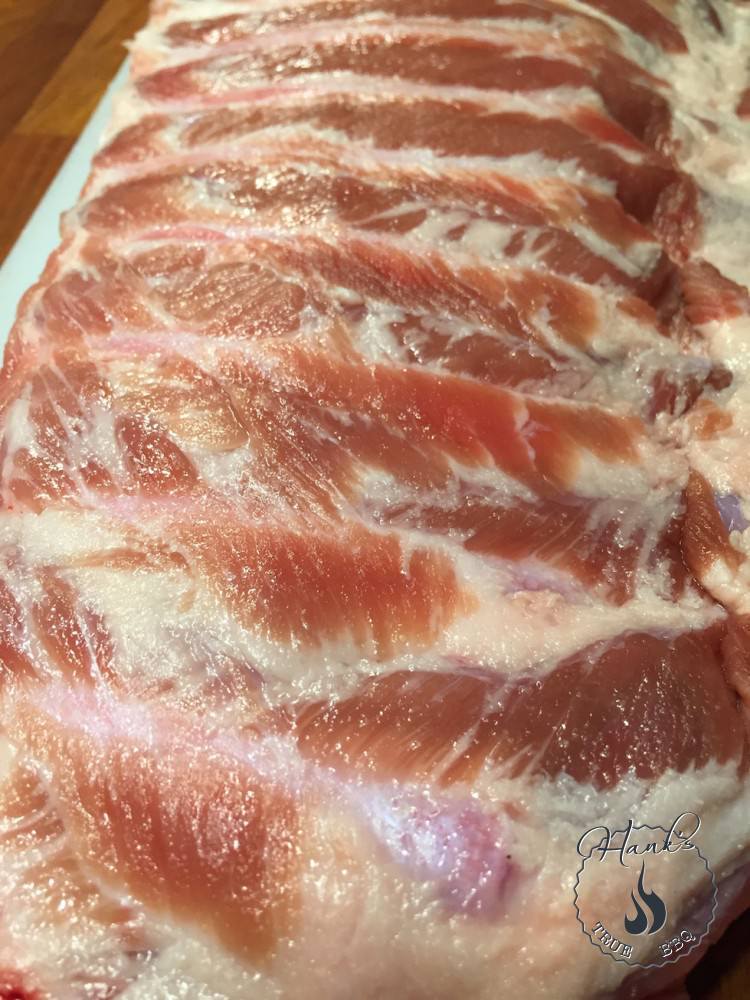
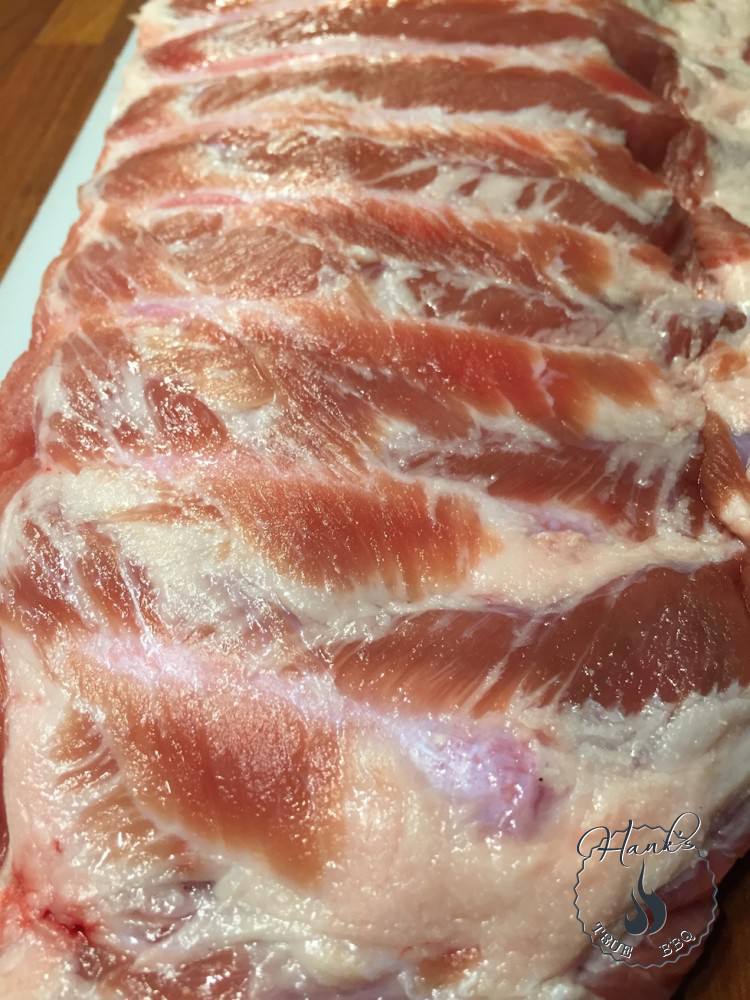
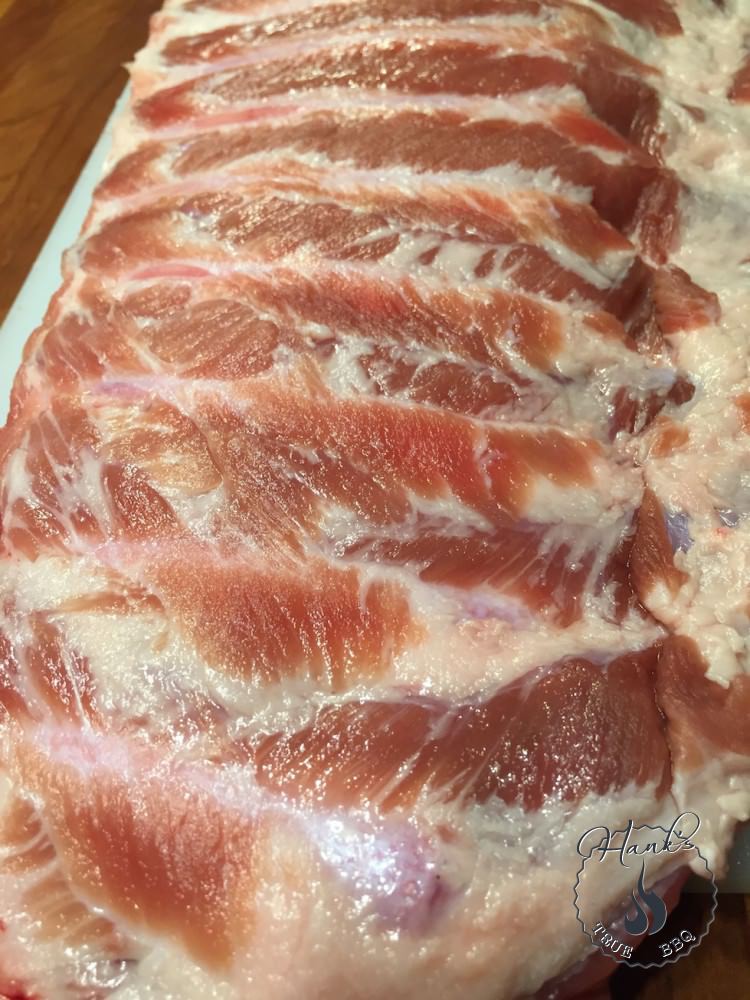
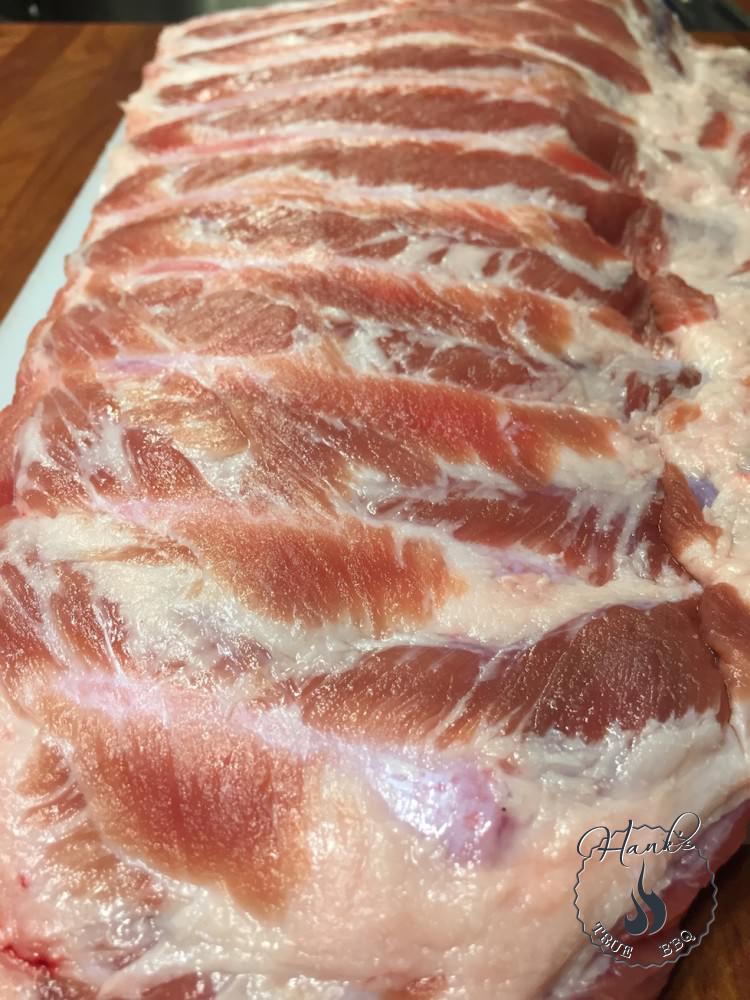
Our latest YouTube videos:« Prev1 / 33Next »






Salt must be the most common spice ever, and for a good reason; salt is a flavor amplifier.
The same is true for salt; it brings out the flavors of everything else, including the meat’s own flavor and any spices that were added. The salt also helps retain fluid. So with that in mind, let’s put brining to use.
A traditional way to brine meat is to put it in a wet brine made of water and salt. You can brine beef, pork, or chicken. The salt level is typically 5-6 %. The meat absorbs more salt when it is brined because the salt level in the brine is higher than in the meat. The meat will also absorb some of the fluid. This is a well functioning process, and you amplify the flavors in the meat. The meat has to be in the brine for at least 24 hours, which makes a mess. For a larger piece of meat (like turkey, brisket et. c. ) it requires you to have ample space in your fridge.
Brining Beef Ribs
How do you brine ribs?
A wet brine involves soaking meat in a liquid solution containing salt and other ingredients. A dry brine is where you rub salt into the meat, and leave it for 2 to 24 hours prior to cooking. When brining ribs, a dry brine is definitely the best option. All you need to do is sprinkle salt onto the rubs about1 hour before applying the rub.
How common is it to bruise a rib from sneezing hard?
You could rarely bruise your rib while sneezing hard. This happens because of the increased intrathoracic pressure that develops inside the rib cage while sneezing.
How long can you brine ribs?
In general, ribs can be brined from several hours to overnight, with the exact timing depending on the size and thickness of the ribs and the desired level of flavor and tenderness. Unlike marinades, you can brine a piece of meat for a long time without affecting its texture so that it won’t become mushy.
What is a good brine for ribs?
The most common brine ingredients for ribs include: Herbs and spices. Herbs and spices help to customize the flavor of the meat. Salt. This is the main ingredient that helps to tenderize the meat and add flavor. Sugar. The sweetness of sugar balances out all the flavors and is also a preservative. Water.
